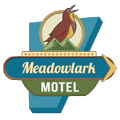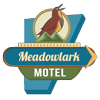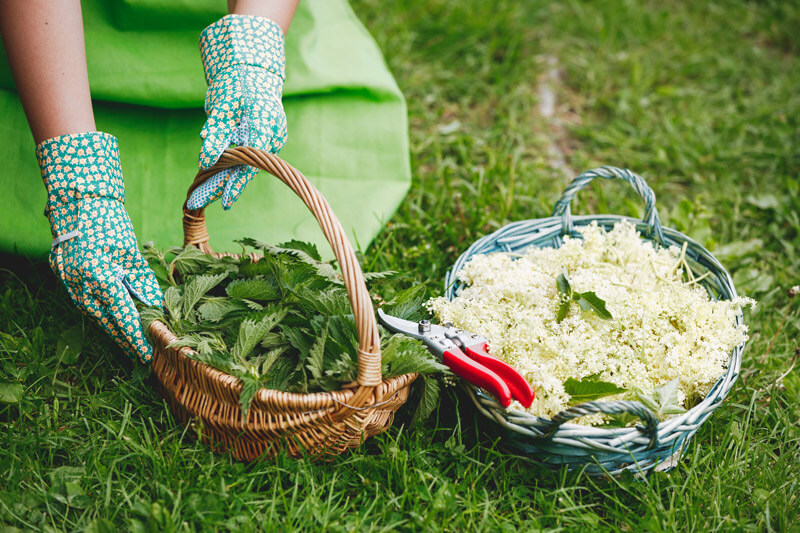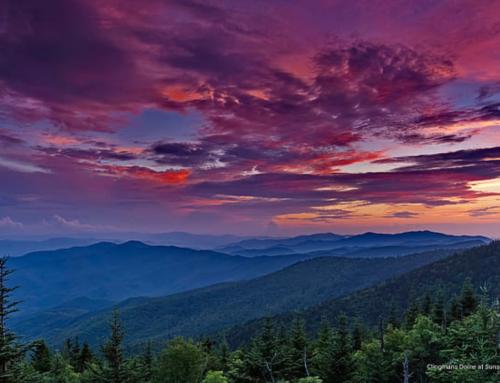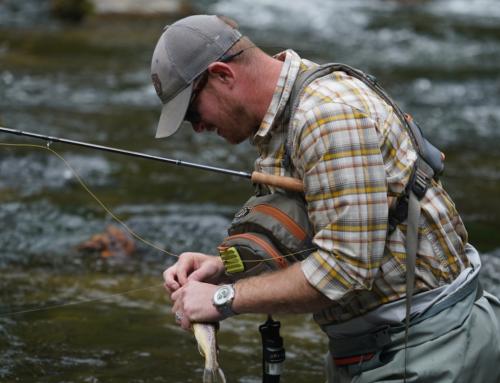“The woods and fields are a table always spread.” – Henry David Thoreau
Take a hike through the meadows, cool your feet in the edges of a stream, or explore the majestic forests of the Great Smoky Mountains and you’ll discover delicious food hiding in plain sight! Nature’s edible bounty is right at your fingertips…if you know what you’re looking for.
Wildcrafting may seem irrelevant in today’s modern society – like a practice relegated to the past or something only necessary for those living off the grid. But that couldn’t be further from the truth. Wildcrafting is a universal human experience. After the rise of agriculture and more recently, the industrialization of farming, a wildcrafting renaissance has begun to bloom across the country.
What is Wildcrafting?
Wildcrafting is the practice of identifying and harvesting wild plants in their natural habitat and using them for food, medicine, or craft. For our ancient ancestors, nature was the only grocery store, pharmacy, and hardware store available to them.
Ila Hatter, a legendary wildcrafting expert right here in the Smoky Mountains, explains that the term wildcrafting comes from the old English word wildcrofting, which means farming the woods.
“Farming and wildcrafting go hand in hand—before you even have a crop to harvest, you have the crop that Mother Nature planted,” she says. “So, you have food and medicine for your family or to take to market.”
Hatter also says, “One of my favorites is Lamb’s Quarters or wild spinach (which is high in calcium). It can be used in any spinach recipe with no one the wiser. And the same goes for wild violet leaves. It also substitutes well for spinach.”
The practice of wildcrafting in Appalachia has, with the exception of ginseng digging, has become less prevalent over the years. However, it is seeing a resurgence as the popularity of herbal medicine and wild food grows.
Beyond the practicality of food being right at our fingertips, wildcrafting is also a matter of reclaiming the sacred knowledge of plant wisdom and reconnecting with our natural world and our past on a deeper level.
History of Wildcrafting in the Smokies
The Smoky Mountains are home to some of the most diverse forests in the world. In fact, it has been suggested that a large percentage of the pharmaceuticals that make up our modern pharmacopeia were originally derived from plant species native to and exported out of Appalachia.
Hatter believes that hundreds of years ago, local groups of Native American tribes, like the Cherokee, Shoshone and Catawba, shared information about the wild with each other. And when the settlers came, she explains how it was a sharing between cultures. “When European settlers came to Appalachia, they had herbal knowledge from Europe, and they knew a few remedies. But they added 250 or more from the knowledge they gained from Native Americans.”
Tips for Ethical Wildcrafting
The practice of wildcrafting is an homage to the past and to our Smoky Mountain heritage, but it is also very much about the stewardship of the plants available to us and our natural world. That means that any harvesting should be done responsibly to keep the larger ecological system healthy and thriving. Here are a few ethical techniques for any wildcrafter:
-
Protect Vulnerable Plants
Before you head out on a wildcrafting adventure, learn about the vulnerable plant populations in your area. Educate yourself on any rare, unusual, or endangered species. Armed with this information, it is now your responsibility to protect these plants, which may mean that you leave it alone and let it grow.
-
Don’t Overharvest
Be careful not to take more than you need or more than the ecological system can sustain. Collect only a small amount of any plant from one area. A good rule is to limit yourself to a harvest of 5% of any population you find.
-
Use Proper Harvesting Tools
Sustainable and responsible wildcrafting includes causing as little damage to the plant habitat as possible. Harvest as if you were pruning the plants to make them healthier. Take care of them in a way that they will continue to thrive. Use less invasive methods to harvest, like clipping a branch with shears instead of twisting it off. A clean cut allows the plant to heal and grow.
Wildcrafting at the Meadowlark Motel
This past weekend the Meadowlark Motel and our Smoky Mountain Heritage Center hosted an amazing event with Ila Hatter. She presented her beloved program, Mother Nature’s Natural Garden, and led a short tour of the grounds, identifying nature’s bounty that can be found in our own backyards. To learn more about events like this one that showcase our Appalachian culture and traditions, check out the events page on our website.
PLEASE NOTE:
This article is for education and entertainment purposes only. Please consult an expert when wildcrafting. Be sure to confirm the identity and health effects of any and all plants before eating them. Never eat anything that you are not 100% sure about. Some edible plants must be cooked before eating. Some parts of plants are edible, while another part of the same plant may be poisonous. Do not experiment if you are not completely sure about what you are eating. Do your research beforehand and always ask an expert.
Learn more about wildcrafting in the Smoky Mountains on this episode of the Gateway to the Smokies Podcast. Host (and owner of the Meadowlark Motel), Joseph McElroy, talks with legendary wildcrafting expert, renowned author, filmmaker, instructor and tour guide for the GSM National Park’s elite GSM Field School educational programs, Illa Hatter.
